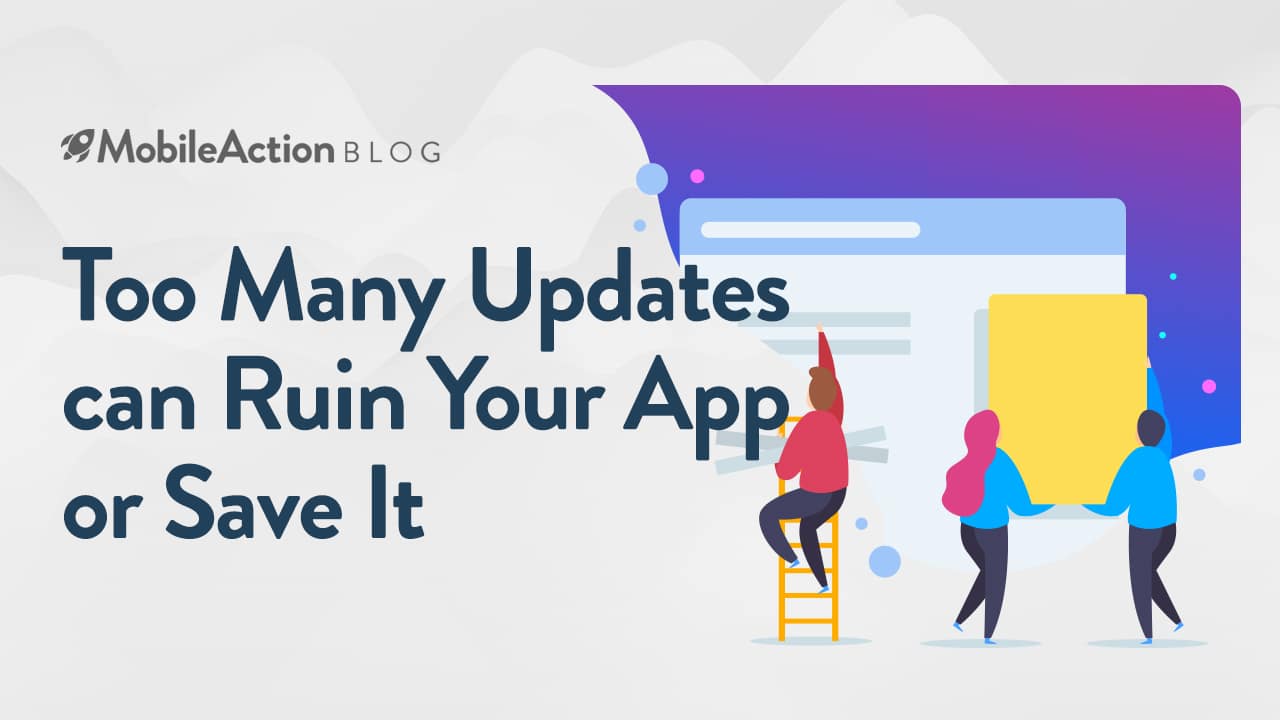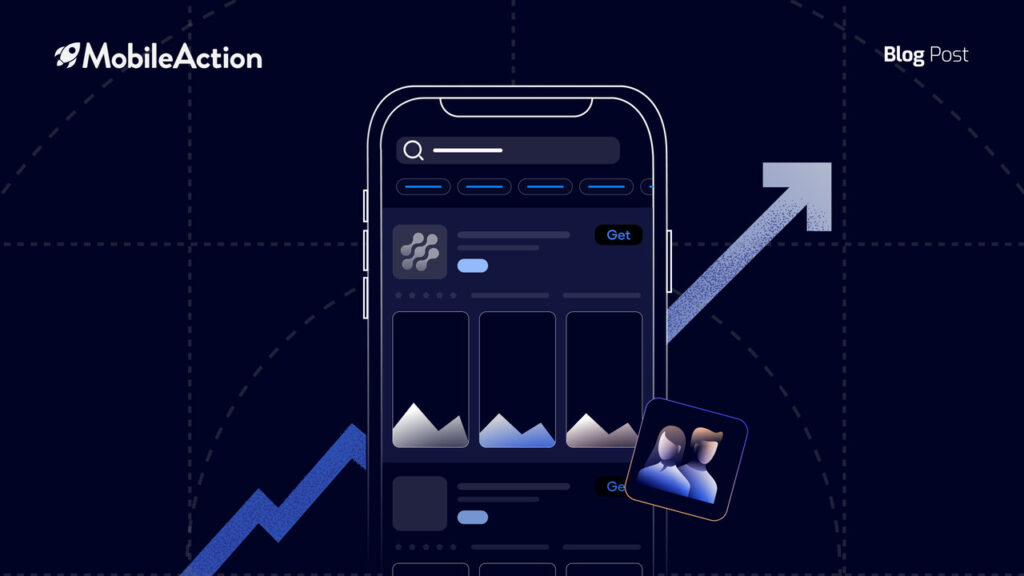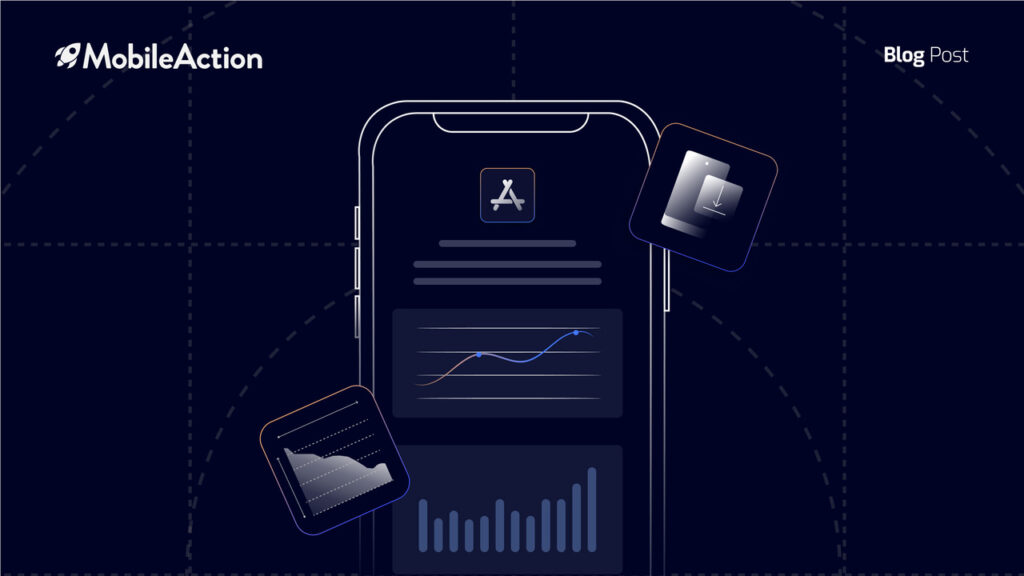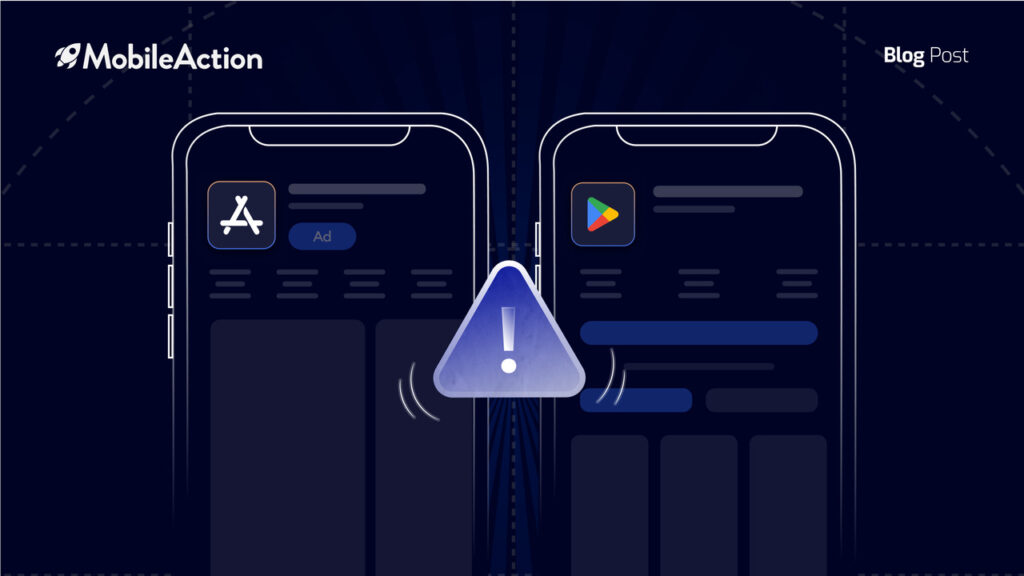One crucial aspect of keeping a rigorous App Store presence is to regularly update your app to meet the needs of rapidly changing ecosystem of mobile industry. These updates might come in handy for many occasions, mostly when:
- You add a new functionality to compete well,
- You need to upgrade your app’s UI & UX to a more desired level,
- Or you have to catch up with the requirements of changes in the app stores and user behaviors.
However, updating your app is a two-edged sword when it comes to the potential advantages and disadvantages of too many updates. In this post, we’ll evaluate the pros and cons of repetitive updating in terms of its effects on the stability issues, user reactions and app store rankings. It would be a wise decision to go through these points if you have an update in your mind and go with the best strategy when it comes to regular updates.
Before we move on with the disadvantages of too many updates, let’s get a clear idea about the conditions when an app update is inescapable.
Why Update?
There are several conditions that your app signals for an update. These signals mostly appear as user feedbacks or platform requirements, when your app seriously suffers from a functionality error such as constant crashes, device incompatibilities or running instabilities. In order to keep your multi-platform users, this means you should immediately repair your app to work properly in changing environments and conditions.
Here at MobileAction, we provide a unique App Update Timeline tool as part of our ASO Intelligence Product to track any app update and changing content in the market. Roaming around this tool will give you a concise idea about the reasons for an update and the post-effects of an update in an historical fashion. To get more into it, you can visit MobileAction Dashboard or read our dedicated blog post about the tool.
Another signal that requires your app to have an update can be about the competition in your field of service. If a recent functionality is greeted well in your competitor’s update timelines, then this means you should also keep up with these new functionalities to retain your popularity in the app stores. Most users are very sensitive to the recent changes and functionalities in their preferred apps and they react well to the conditions before and after an update. Along this track, it is reasonable to consult to your user feedbacks, which probably indicate the low-hanging fruits of your app’s functionality and reliability issues.
Why Should you Update Regularly?
When it comes to the pros of updating, it is a well-known fact that Apple App Store boosts your rankings for a limited time when you release an app update. This well-known booster is regularly being used by many developers when they need to increse their visibility and conversions in a short period. However, it is also a well-known fact that too many updates might create unexpected side-effects such as instabilities and performance decreases when the update is not handled carefully and thoroughly.
Therefore, it is wise to keep in mind that even though an app update is usually a good idea, it is also capable of ruining your product when not handled correctly.
Things to Keep in Mind
To keep things more concise and clear, it should be your highest priority to keep the core functionalities up and running. To do this, it is obligatory to test your app’s performance before releasing a new app update. A few suggestions for a checklist can be like this:
- If it is a full-system update, make sure your update does not block or limit the scope of your core functionalities. There are many online articles about how to direct your app update process in better ways. This one from freeCodeCamp channel in Medium delivers a good deal of advices about intelligent & flexible update systems.
- If you’re updating your UX & UI Design, make sure that there are no uncovered endpoints in your design or missing elements around your user experience. Also, mobile app A/B testing before pushing a UI change is quite useful on usability decisions, therefore consult them often.
- If you’ve a brand name that brings you downloads, make sure you keep them on. Also, act carefully when updating your keyword lists and other textual material. Your ranking mostly depends on the keywords you choose, so do not drastically change the list when pushing an app update. Go with a proportion of your taste and keep some useful ones, while updating the inefficient ones.
- The look & feel of your app update should be in a good balance to keep your users delightful about it. You should avoid committing destructive changes in your app creatives and core functionalities because these are some of the familiar material that you use to comunicate your users. Keeping this familiarity is important.
Lastly…
In an overall look, regularly updating your app to keep up with the current trendings is really important to maintain your popularity in the app markets, however; you have to handle them with utmost care and avoid pushing them very often. The time interval usually changes based on the category of your app, but most of the successful app developers closely monitor the market and push updates in every 1 or 2 months period. This can be an average time for considering whether an app update is necessary or not.
We wish you a happy lifecycle with your app updates!
Mobile Action Team
Recommended Article:





